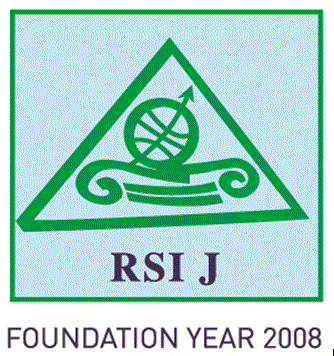ALIASUDDIN
Associate Professor at the Department of Economics, Fakultas Ekonomi dan Bisnis, Universitas Syiah Kuala, Banda Aceh, Indonesia
aliasuddin@unsyiah.ac.id
Reka RAMADHANA
Student at the Department of Economics, Fakultas Ekonomi dan Bisnis, Universitas Syiah Kuala, Banda Aceh, Indonesia
rekaramadhana@gmail.com
Abstract
This study is to analyze the effect of economic growth on hydroelectricity consumption in APEC countries and India. The study uses panel data from 1994 to 2016 with 391 total samples, where the variables in the study are economic growth and hydroelectricity consumption. Panel ARDL is utilized to analyze both short-run and long-run economic growth effects on hydroelectricity consumptions. The results show that there is a positive and significant effect of economic growth on hydroelectricity consumptions in APEC countries and India. To minimize the productions of carbon dioxide, it is recommended to optimize hydroelectricity consumptions in this area because this area is the highest carbon dioxide producers in the world. It is crucial to achieving sustainability in productions and consumptions in this region.
Keywords: hydroelectricity, economic growth, APEC, Panel ARDL
JEL classification: Q01, Q32, Q35, Q43
read more
